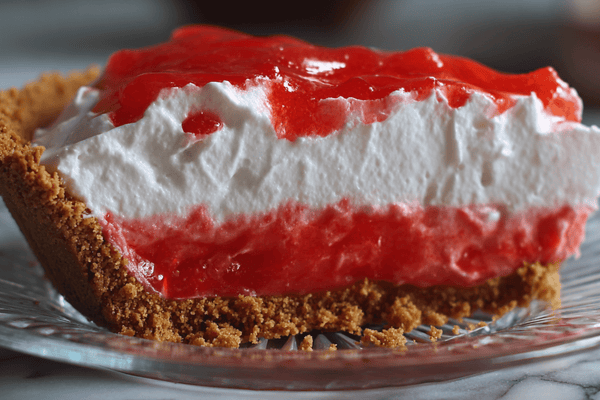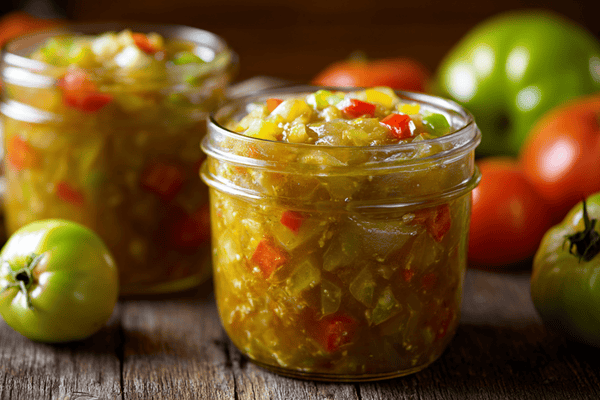
When you buy a kitchen knife, one of the first things you are going to think about is how sharp and effective the blade is. This is one of the most important features as it’s what will determine how easy the knife is to use and how well it cuts. However, what a lot of people forget is that the knife handle is just as important and the handle materials tell us a lot about the overall quality of the knife.
G10 is a material that is often used to make knife handles although its original use was in circuit boards - who’d have thought!
 However, many of the qualities of this material also make it suitable for kitchen knife handles, but is this the best material for the job? Let’s find out a little more about it.
However, many of the qualities of this material also make it suitable for kitchen knife handles, but is this the best material for the job? Let’s find out a little more about it.
Table of contents
What Is G10?
G10 is sometimes called Garolite and this is a resin-based composite. The material is made from sheets of glass fiber which are pressed together using an epoxy resin. This is then heated until it is dry, creating a product known as fiberglass, which is designed for maximum strength.One of the major benefits of G10, favoured by knife makers, is that it is such a versatile material. Fiberglass material was originally used for circuit boards as it is able to withstand very high temperatures and is highly durable. However, some time later, people realised that it was also very effective for making knife handles and other products such as gun handles. This is largely owing to the fact that the material is very resistant to moisture.
Is G10 a Good Knife Handle Material?
 As we have already discovered, G10 is a very durable material and this is one of the main reasons that it is now so widely used for things like kitchen knife handles. Moreover, it is very resistant to high heat, dents and scratches and is one of the most waterproof materials out there.
As we have already discovered, G10 is a very durable material and this is one of the main reasons that it is now so widely used for things like kitchen knife handles. Moreover, it is very resistant to high heat, dents and scratches and is one of the most waterproof materials out there.Another reason that this is one of the most favoured knife handle materials is that it doesn’t react to extreme temperatures. You could expose a G10 knife handle to very high or very low temperatures and the material will not swell or shrink in accordance with this.
As well as being extremely durable, this carbon fiber material is ideal for a knife handle as you don’t want something that is so heavy it weighs you down when you are prepping food.
Moreover, G10 can be manufactured in various ways allowing for the aesthetic of the knife handle to be changed. This is perfect if you’re looking for handles that look as good as they perform. But more than just looking good, this ability to shape and mold the material means that handles can be made to be far more comfortable and offer better grip. This is true regardless of whether the handle is wet or dry, so some might say that a G10 handle is safer to use than other types.
G10 Durability
We have touched on the durability of the G10 handle, but we wanted to go into a little more detail about this to demonstrate why this is such a suitable material for knife handles. You see, this material delivers strength and durability in equal measures and, when properly looked after, will last for years making it ideal for people who are looking for an investment knife.The material will remain just as robust no matter how many times you wash it and whatever you put it through. This is largely in line with the temperature extremes we talked about and exposing the material to extremes in rapid succession won’t cause any harm to it. But more importantly, since the material won’t swell or shrink, this means that there is no opportunity for a gap to form between the tang and the handle.
If this happens, this gap provides a great home for bacteria and that’s the last thing you want when using your knife around food you’re shortly going to eat! Furthermore, since the material is so resistant to water, you won’t need to worry about corrosion as moisture will not sit inside it and affect the steel blade. This feature means that G10 is often used for products that will be used underwater.
Finally, when looking at durability, we must consider the rating of the material. G10 receives a 110 Rockwell hardness scale rating which is far above other materials used to make kitchen knives!
Which Is Better: G10 or Micarta?
But are there other composite materials used for knife handles? Micarta is another resin-based composite that is often used to make knife handles. However, it is important to keep in mind that, rather than using glass fibres, manufacturers use things like paper, linen and fabric to make micarta. It doesn’t look too dissimilar from G10 but it does offer more variety when it comes to appearance. You’ll notice that a micarta knife handle tends to look much more stylish than its G10 counterpart.That said, G10 is better if you’re looking for a coloured kitchen handle as this material will take colour far more easily than micarta. Not to mention it is much smoother.
The way that these two materials are made is slightly different as well with G10 being constructed using an epoxy resin while micarta is stuck together using phenolic resin.
If you want a kitchen knife handle that offers the greatest durability and resistance then we would highly recommend choosing G10. However, if it is the aesthetic appeal that’s more important to you then a micarta kitchen knife is the better choice.



